By now many of us are deep in our planning for 2022. What factors should you consider as you think about the business conditions you face next year? Will 2022 be more of the same as 2021? Or will trends be more negative…or more positive?
Here are some factors you should consider
No matter whether your company operates as a dealer, integrator, distributor, sales rep, or manufacturer, if you are effectively managed, your management – perhaps including you – most likely create a business plan. Everyone has a different process, but in most cases this planning includes consideration of various business and economic trends which drive the assumptions upon which you base your plan.
Some of those variables you have the ability to control or influence. For example, investing in an expansion into a new market allows you some ability to influence the results by, say, shifting the time of launch, or front-loading your introductory marketing campaigns, and the such.
Many Scenarios
But there will always be certain market factors you face that you don’t control. Think, for example, of the onset of an economic recession, or facing unusual political upheaval, or shifting government monetary policy, or the like.
As you weigh these and other variables, the reality sinks in that there is no way to know for certain how these things will turn out, you can only use your best judgment to guess as best as you can to the most likely scenario. At one company in which I was a top manager, I prepared plans based on three different scenarios – best case, worst case, and most likely case – based on different sets of assumptions. It was a lot of work, but with this process we felt we were ready for just about anything.
Here then, are some of the factors I would recommend you consider as you work on your planning for 2022.
Economic growth
According to data from the U.S. government, economic growth slowed in the third quarter to a disappointing pace of around 2%. This is the slowest rate since the economy began to rebound from the dizzying drop of 31.2% in GDP in the second quarter of 2020.
While this third quarter result still showed growth, it was a disappointingly low rate. Economists had expected a more robust 2.8% rate – still well below the 6.7% growth in second quarter – but the actual rate turned out to be much lower. Why the dramatic slowdown? Consumers have significantly pulled back on their spending. And consumer spending is 70% of the economy.
According to a report by CNBC, overall consumer spending on goods declined by -9.2%, with spending on durable goods such as major appliances and automobiles crashed -26.2%. Overall consumer spending had increased 12% in the previous quarter.
For 2022, many economists have scaled back their forecasts in view of the multiple dynamics causing consumers to cut back on their spending. For sure, they still see growth next year – but a longer, slower growth vector. Goldman Sachs recently cut their estimate for GDP growth in 2022 to 4%, down from a previous estimate of 4.4%. But please note, that’s still double the growth rate of the last quarter.
Inflation
Making headlines now is the emergence of a persistent and much higher rate of inflation than economists had originally anticipated. Inflation occurs when the goods and services consumers buy cost them more. Recent data puts inflation at a rate of 6.2% – that’s the highest rate of inflation in an eye-popping 30-year time.
Most economists had predicted that as our economy intermittently lagged and lurched forward in an uneven but continual growth out of the COVID-19 recession, there would likely be a period of inflation. But most of them had not expected to see such a dramatically high rate as this. While this surprisingly high inflation has caused some to predict doom and gloom, and suggest we are stuck in stagflation like back in the 1970s (we are not), there are reasons not to overreact to this unexpectedly high inflation rate.
Economists at Kiplinger noted that some of the drivers of this unexpectedly high rate of inflation include recent surges in energy prices, such as oil, gas, and natural gas. But it is true that prices rose in a fairly broad-based list of items including many grocery store items, restaurants, cars – both new and used, drugs and other healthcare items, housing (and rents), and more.
The Connection Between Inflation & Supply Chain
Many of these have been trending up because of supply chain issues – certainly true in the case of automobiles, where manufacturers have been forced to cut production of new cars because of the chip shortage. With fewer new cars on dealers’ lots, prices skyrocketed – thanks to the law of supply and demand. But this new car shortage stimulated an equally surging demand for used cars, which again caused their prices to rise as well.
But in a deep assessment, Kiplinger’s economists predict that the inflation rate will come back down to earth by the end of 2022. In fact, they predict that inflation will edge up further at the end of 2021 to 6.6%. And then they predict it will drop by more than half to 2.7% by the end of 2022.
Why do they believe that inflation will begin to decline next year? Largely, they believe one of the prime motivators driving higher inflation is the supply chain problem. And while, like most other economists, they expect supply chain issues to continue on through 2022, they believe its impact will taper off.
Supply Chain
Strata-gee was one of the first media outlets to recognize the impact of supply chain issues. It started with a tip from a reader, leading me to report a story about a factory fire taking out one of the most important suppliers of ADC and DAC chips. In that, the very first post I had written on the topic, I wrote this subheading: “Warning: Your Supply of Key Products is Now Threatened.”
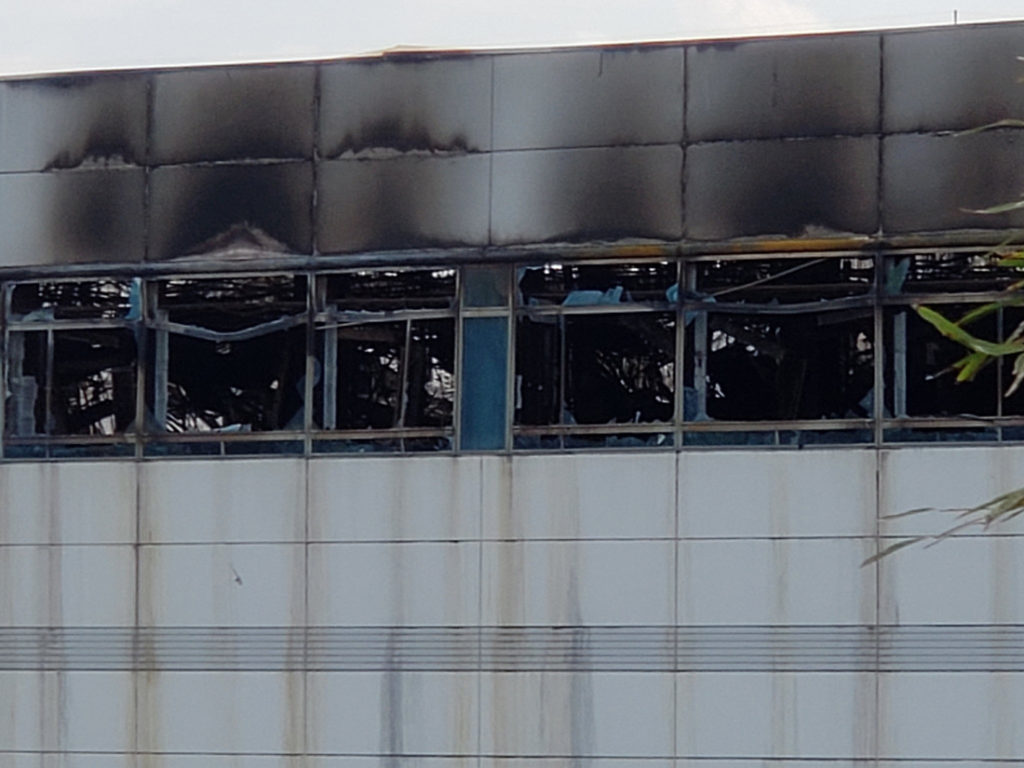
It was the tip of the iceberg and Strata-gee’s year-old story continues to be one of the most read on the site to this day. And yet, it was just the beginning – only to be followed by a series of posts on more disasters, all combining to downgrade the supply chain.
The Supply Chain was Not Built to Be Resilient
In fact, 2020 taught us a HUGE lesson…our supply chain was not designed to be resilient. It was designed to be cheap and efficient. But the lesson we’ve learned – and are still learning – is an expensive one. We continue to pay the price to this day.
There are three major elements to the supply chain problem the industry, heck the world, continues to struggle with.
- Component Shortages
- Factory/Production Disruptions
- Transportation Issues and Bottlenecks
It is beyond the scope of this post to discuss these issues in detail, many of them have been discussed in previous posts. However, there is little question that these realities have changed the way we all do business…in some respects massively so.
For example, Sony is still unable to deliver enough PlayStation 5 gaming consoles to meet demand – fully one year after its introduction. Recently, Apple instructed its suppliers to cut back production of its recently launched all-new iPad line and ship those components to iPhone factories. And even with that adjustment, the company says it will likely ship 10 million fewer iPhones than originally planned.
My advice is to assume another 18-24 months to deal with continuing supply chain issues. You should continue with any adjustments you have already made, such as advanced ordering and carrying inventory on key parts, for the foreseeable future. But the impact should diminsh meaningfully by the end of 2022.
Cause for Optimism
BUT there is cause for some optimism that the supply chain issues will slowly begin to diminish in impact. How can I say that? Well, three key developments portend to a brighter future relative to the supply chain. First of all, the Biden administration has identified chip manufacturing as an area of opportunity for the United States. The administration is working with folks like Texas Instruments, Intel, and even some foreign entities looking to build chip factories in the U.S.
Texas Instruments started construction in May on a brand new $3.1 billion chip plant near Dallas. Also, they are close to finalizing plans for yet another new factory. In March, Intel said it would spend $20 billion to build two new chip plants in Arizona. Taiwan’s TSMC – the largest chipmaker in the world, has already begun building a new $12 billion plant in Arizona as well.
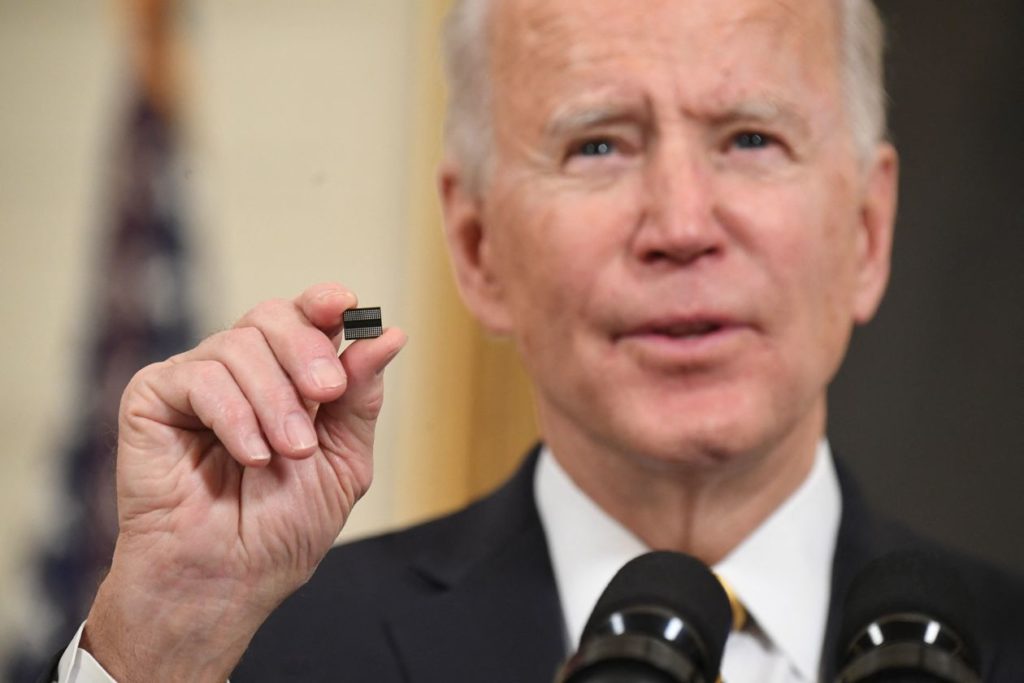
Now, this effort will take time, but the reality is that actions are being taken daily to help move the U.S. to regain the title of the world’s largest manufacturer of chips and reduce supply chain constraints.
Second, the Biden administration is also in negotiation with China now, to potentially dismantle some of the aggressive tariffs originating with the Trump administration and – for the most part – continuing to this day. These tariffs have had the effect of raising the prices paid by American consumers for goods coming from China. Reducing tariffs could help to relieve inflation.
And third, the administration has ordered key West Coast ports to go to full 3-shift, 24-hour per day operations which should help to reduce the container ship logjam there and get goods moving again. You may have seen the photos of as many as a hundred container ships sitting several miles off the coast of Los Angeles, waiting to be unloaded at the port.
None of these problems are simple. Again, my point is simply to note that actions are finally beginning to gain some traction – on multiple fronts – each of which should serve to begin to bend the curve and reduce the supply chain impact by the end of 2022.
Strong Wind in Our Sails
Finally, let me add that I think it is wise to recognize that the wind in our sales is beginning to diminish. What do I mean by that? Look…an ironic side effect of COVID – a horrible disease that has killed more than three-quarters of a million Americans – is that it turned out to be good for the custom integration industry.
In 2020, as municipalities fought the spread of COVID by issuing stay-at-home orders, forcing workers and their families into a 24/7 quarantine, our lives changed forever. This strange new life, where we all sought to work-from-home, while our kids needed to learn-from-home, and we needed our systems to be up to speed to entertain us around the clock – consumers needed to improve and upgrade their networks, update their systems, and improve the ability to handle all of their connected devices.
Suddenly, Americans needed the custom integration industry like never before… There was a great and powerful wind in our sails, propelling us forward. It was boom time for custom integration.

Many integrators saw their pipelines get so full, there was breakage – deals they couldn’t close because their calendar was too full and they couldn’t get to potential new projects as fast as the clients insisted. Integrators tried, often unsuccessfully, to hire more teams, buy more trucks, take advantage of the tailwind.
We weren’t alone in this boom. Besides custom integration, many companies found themselves in that same boom time situation, especially companies like Zoom and Microsoft Teams. Business services such as these facilitated the new work-from-home scenario.
Amazon and other online merchants grew dramatically, as we all were forced to shop from home. Door Dash, Grub Hub, Uber Eats and the like flourished as home delivery was about the only way to enjoy the food of your favorite restaurants whose dining rooms were closed.
Home health and exercise companies such as Peloton saw their numbers explode. They could not build overpriced exercise bikes or treadmills fast enough, as all health clubs across the country were closed.
Streaming services, like Netflix also saw an explosion in their popularity, as consumers hungrily sought more new content to consume, to entertain them and to fill all those empty extra hours while they were at home. A plethora of new services launched during this period such as Disney+, Discovery+, Paramount+, Peacock and many, many more. Netflix alone added 16 million new subscribers in the first quarter of 2020.
The Wind is Beginning to Wane
But now, we are seeing that wind begin to wane. Reuters recently reported that Peloton slashed their revenue forecast for this year by $1 billion. Why? “It is clear that we underestimated the reopening impact on our company and the overall industry,” said Jill Woodworth, Peloton’s Chief Financial Officer.
And the streaming services are feeling it too. In the second quarter of this year, Netflix added just 1 million new subscribers. In the third quarter, they rebounded to 4.4 million, but even this pales when compared to other quarters when they added 6 million or more new subscribers. Disney+ has also seen their rate of subscriber growth decline – adding just 2.1 million new subscribers last quarter as compared to 12.6 million just the quarter before.
Says CNBC: “The slowing growth among most streaming services may suggest pandemic gains are waning as more people return to outside activities and out-of-home work.”
Integrators will, to varying degrees, feel this drop-off as well – if they haven’t already. For some integrators, this tapering off of the tailwinds will only serve to reduce the breakage. But I would be cautious in anticipating 2022 will continue down the path of 2020/2021. Growth will almost certainly continue to slow to a pace more closely resembling the business levels we experienced prior to the pandemic.
What Do You Think?
What factors are you considering for your 2022 planning? Share your thoughts in the Comments section below.

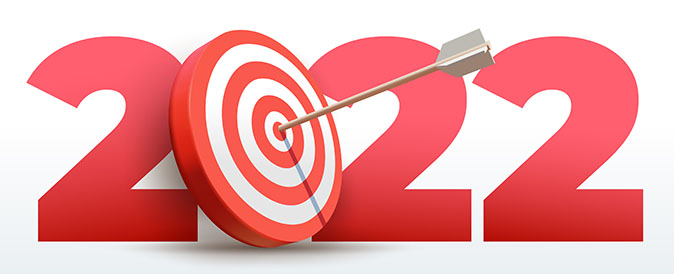


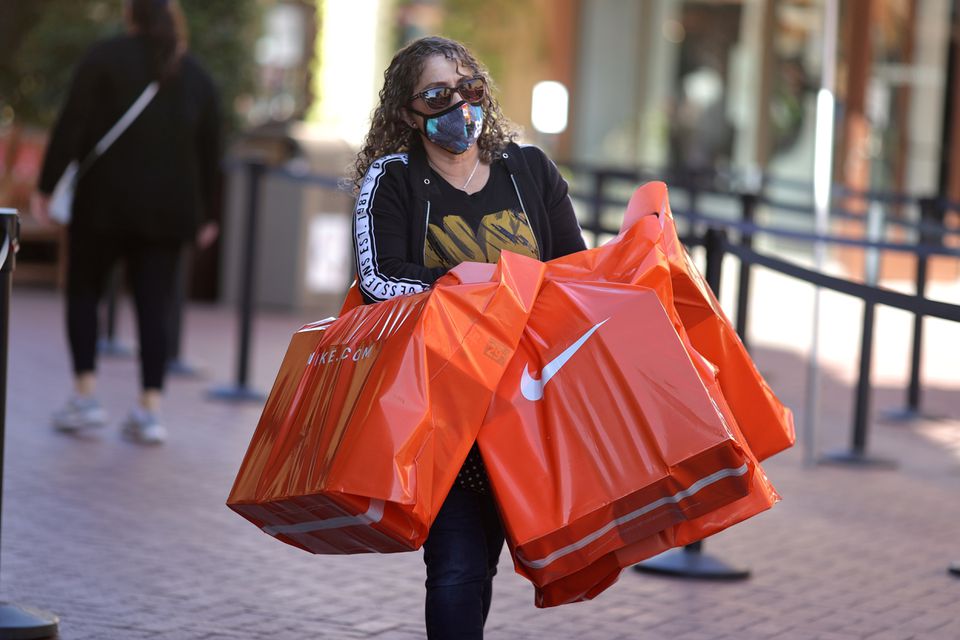
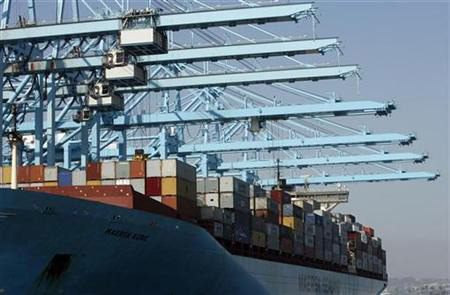


Great article Ted. I agree with most of this. The one thing I might take issue with is your forecast of living with supply chain issues for 18-24 months. I think the lessening of demand is already mitigating some of the supply chain challenges. And, to your point in this well thought out article, consumer demand is experiencing negative trends. That said, I remain optimistic about our space. We have only scratched the surface as an industry showing people how they can enjoy our technologies in their living spaces. So much more upside, regardless of market trends!!
Hi Gary,
You might be right that my window on the supply chain improvement is a little too conservative. However, my thinking is the major fixes (i.e. building chip factories for one) take a lot of time to engage.
But, I too am optimistic that we are moving in the right direction.
Thanks for sharing your thinking!
Ted
Thank you Ted, as usual a thoughtful article
I do think you are a bit more pessimistic than me.
You left out demand as one of the key issues in the supply chain. Don’t be misled by poor consumer sentiment, they are out there spending as October results clearly show.
Don’t think the wind is leaving the sails, it is more like it is not gusting as much. In my experience (and yours) each recession or crisis is usually looked on as an accelerator, and so has the pandemic been. However, we are still seeing very good year over year increases after what was record growth in 2020 for example. When looked at on trend, that is amazing and shows the value consumers recognize in our goods and services. While growth may moderate, it is not looking like it will dip.
It is also true that the low hanging fruit gets picked, but that often leaves a lot yet to harvest. Some sectors are saturated for sure, but many are far from it. In the US as an example only 7% or so of homes have security systems compared to more than 15% in the EU. Sounds like lots of room.
Some of the issues have been price deflation and commoditization. Firms (no disservice or disrepect meant) like Amazon try to commoditize price of things. In fact, for many smart home or IOT products there have been 20% YOY growth with matching average price declines lending to not much top line growth,. This is something for the market to consider in their partnerships and planning.
Finally, we must learn that the supply chain was made to be cheap, not resilient. The muscles and habits needed to better manage things were all out of shape due to “things just working” until they did not. I talk with too many companies with no second sources, no plan to react to changes in parts, no alternatives or clear skills in logistics etc. All of this makes for far more pain, and explains why the big guys with this in place have suffered way less.
Keep it up Ted.
Robert
Thanks Robert for your always-thoughtful response. Yes, when planning I tend to be slightly conservative, preferring my surprises to be to the up-side. But NOT sand-bagging, just being more prepared for threats to results than may ultimately be necessary.
While I too am aware of companies reporting continued sales growth, keep in mind that some of that is artificial, a result of the supply chain issues – such as customers over-ordering expecting orders to be trimmed OR choosing to temporarily boost inventory to ride out the supply chain storm. As the supply chain catches up, things will drop back to more organic results.
Thanks again for sharing your perspective.
Ted